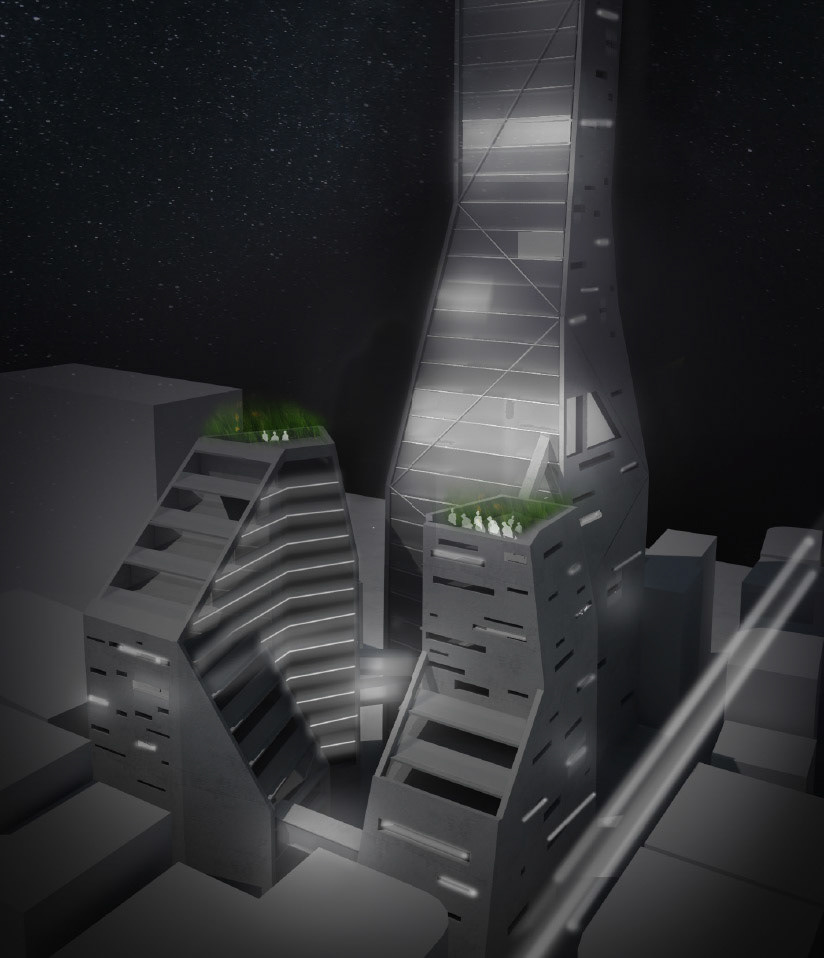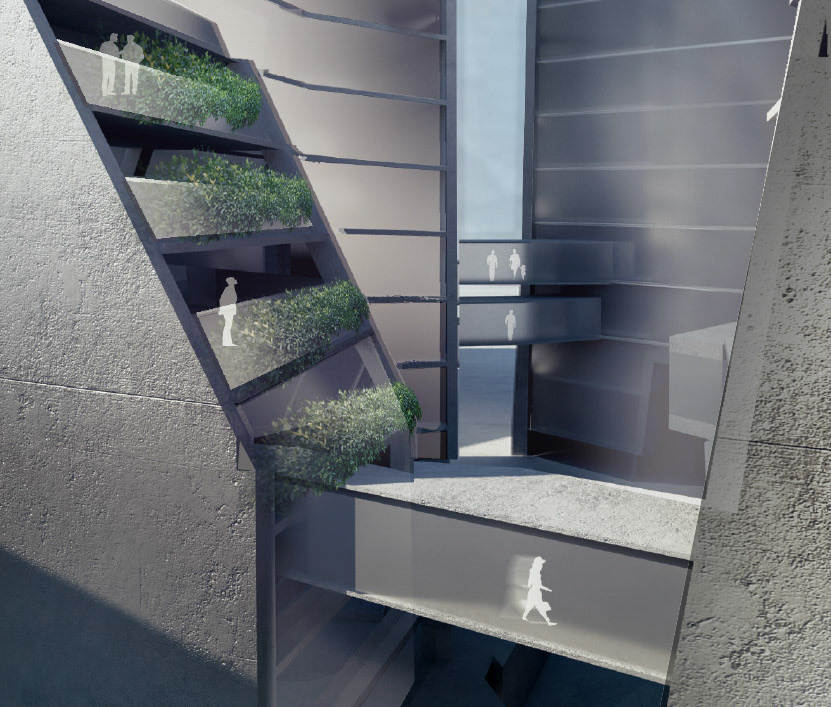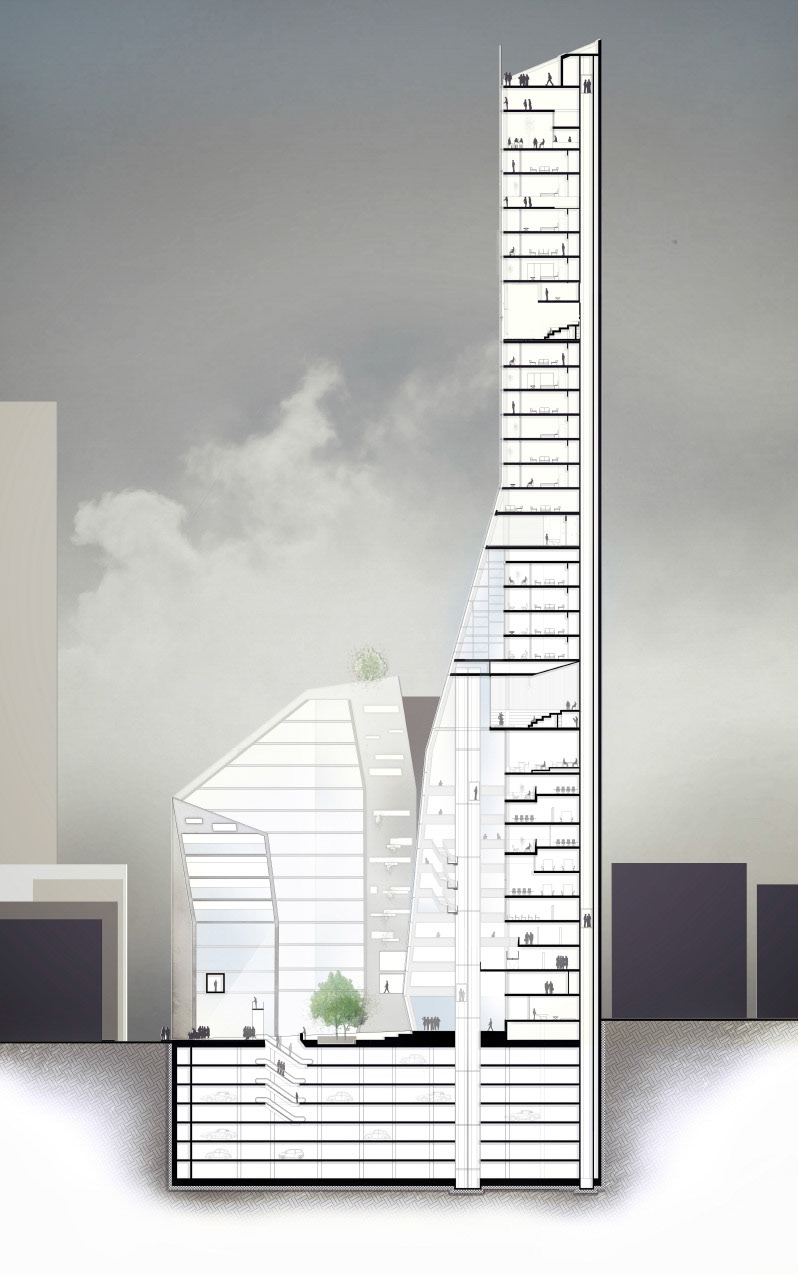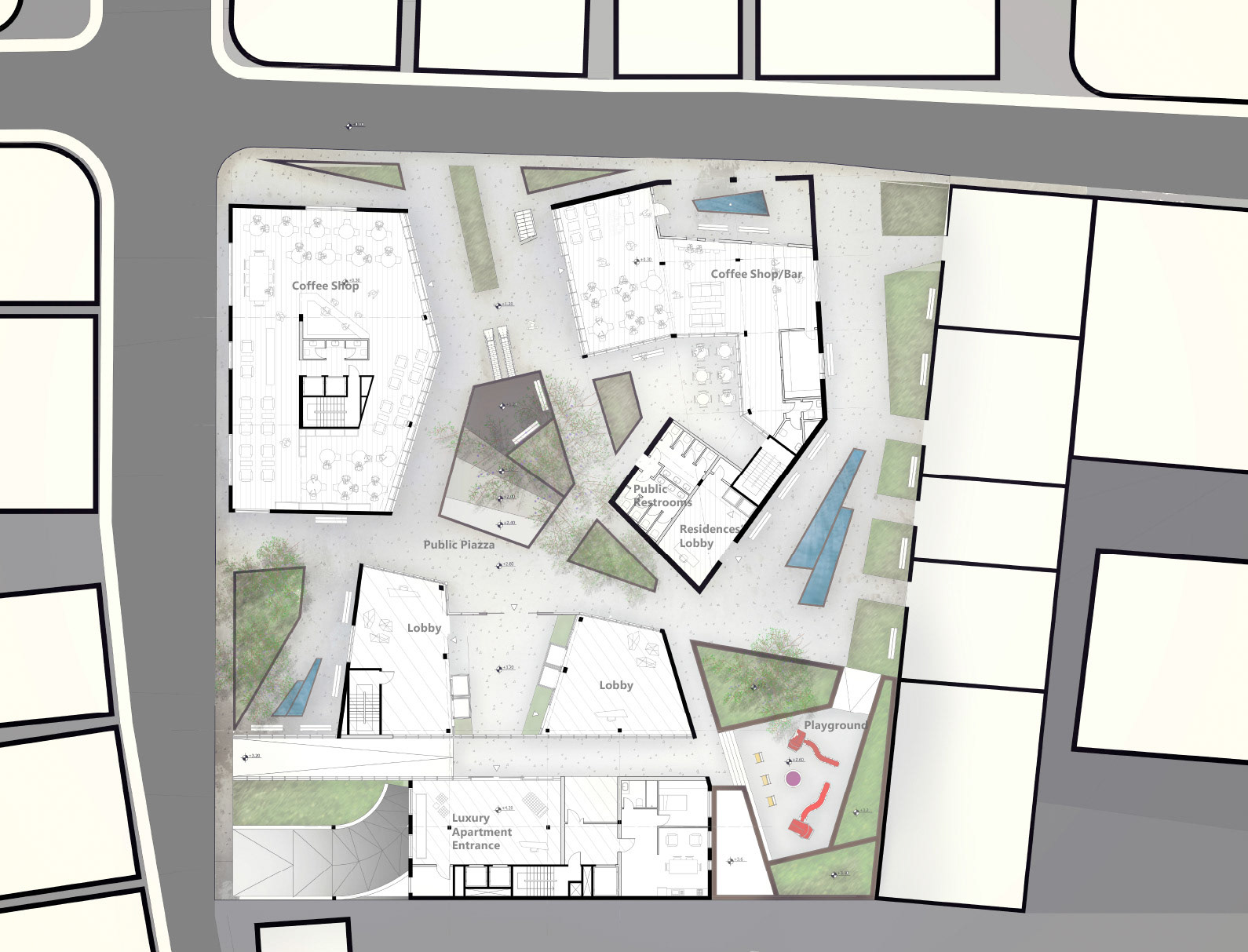




The last year of Bachelor’s Degree I employed the design process to propose an alternative development as a response to a real estate industry that was increasing segregation, oversupplying the market with a luxury housing stock while compromising the city’s urban heritage and livability. Such practices have been rendering Beirut a city of private enclaves, hostile to the public and its urban life. I based my research work and the architecture’s conception on key concepts I had acquired during an NYU Summer Intensive course in Real Estate Development which allowed me to estimate the expected return on the site, analyze the market, determine a neighborhood’s lifecycle and the project’s prospective role as an economic multiplier. I had thus turned what students often understand as an exercise in formalistic training into a realistic real-estate exploration of design feasibility and potentials. While ensuring the project remains financially feasible, I built on the neighborhood’s existing features, integrated public programs and gardens to create a socioeconomically inclusive development that was distinct from what the market was oversupplying. Doing so increased the use and exchange values and offered different publics a much needed space in the city.




